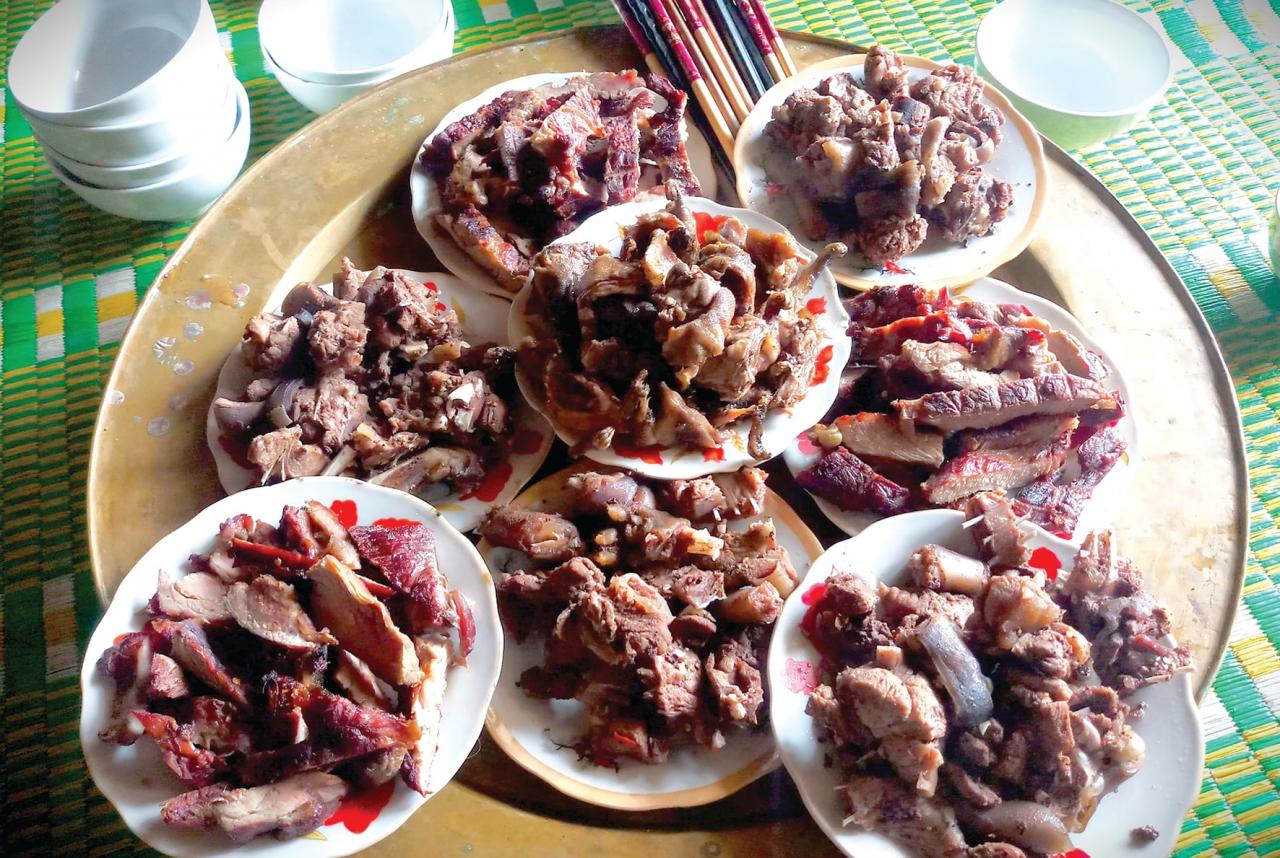
From the first days of my marriage, I was warmly welcomed by the Co Tu people. During Tet, in addition to the colorful festivals, there are delicious dishes with the rich flavors of the mountains and forests.
The Co Tu elders say that about a month after the harvest, when the crops have been harvested, the Co Tu people start preparing for Tet. At this time, sticky rice is carefully selected to prepare for buffalo horn cakes and Tet cakes. Jars of wine are also ready.
The Co Tu people believe that Tet is an occasion to “eat and play” properly after months of hard work. For them, Tet is like a gift that is rewarded for their hard work.
This is clearly shown in the Tet feast of the Co Tu people. Unlike other ethnic groups living in the Eastern Truong Son, the Tet feast of the Co Tu people often has specialties such as smoked dried meat, pickled meat, grilled meat, etc.
Smoked meat is usually made from rat and mountain squirrel meat. In recent years, wild animals have disappeared, so the Co Tu people have replaced them with pork and beef jerky. This dish is usually cut into long pieces, skewered and marinated with spices. After many days of smoking, the meat has a distinctive aroma.
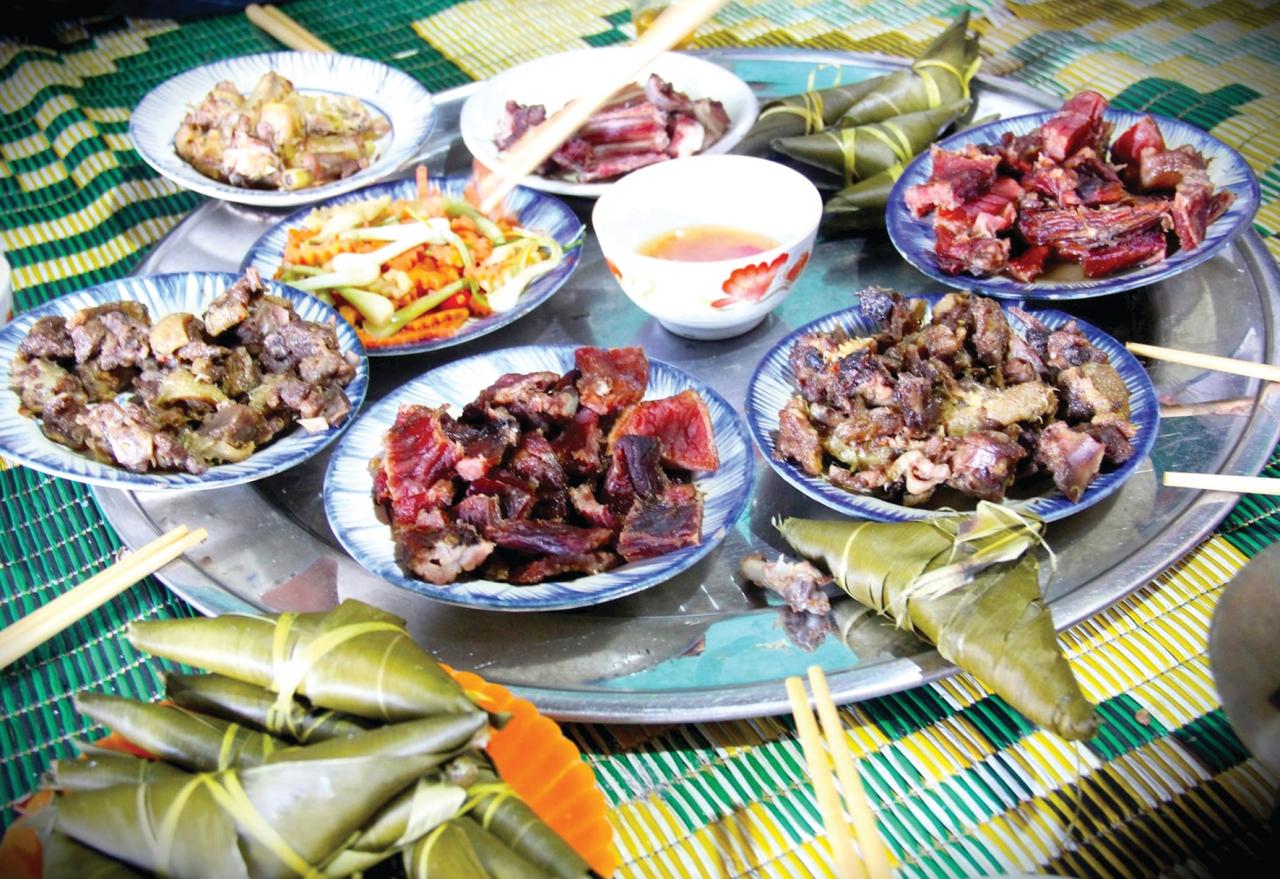
In addition to smoking, the Co Tu people also prepare grilled meat, pickled meat in bamboo tubes, za ra (meat pureed in bamboo tubes), or dried fish and frogs with charcoal sticky rice wine... to entertain guests. The Co Tu people believe that the tray of food to entertain guests must have meat, and a full tray of meat not only shows hospitality but is also a way to thank heaven and earth for giving them a year of peace and bountiful crops.
Each dish on the tray is not only food but also a story, a part of the culture of the Co Tu people. If the groom welcomes his wife's family, the tray will be prepared differently from the way the bride's family welcomes their son-in-law so that they can eat "each other's dishes". For example, if the groom welcomes his wife's family, he will prepare 4-legged meat dishes such as pork, beef, buffalo, wild game meat... Meanwhile, the bride's family will prepare for their son-in-law or his relatives fish, chicken, duck... This is a unique cultural feature, showing thoughtfulness and filial piety to each guest.
Likewise, most of the Co Tu banh tet do not have fillings like the banh tet of the lowlanders. They say this shows the simplicity and rusticity of the community living close to nature.
Another special thing that I experienced that is different from the usual New Year greetings is the glass of honey that the host gives to the honored guests. The Co Tu people do not just offer wine as a social ritual, but instead, they pour a glass of sweet honey to send to guests who cannot drink alcohol. This is to show hospitality, respect and sincere feelings.
That cup of honey is like a warm and friendly welcome, not just a reception. It is a thoughtful sharing, an open heart in treating guests.
The Tet tray of the Co Tu people is not only a connection of dishes, but also a connection between hearts, between generations of Co Tu people...
Source: https://baoquangnam.vn/ngay-tet-thom-mui-za-ra-3148363.html


![[Photo] General Secretary To Lam holds talks with General Secretary and President of China Xi Jinping](https://vstatic.vietnam.vn/vietnam/resource/IMAGE/2025/4/14/b3d07714dc6b4831833b48e0385d75c1)
![[Photo] Reception to welcome General Secretary and President of China Xi Jinping](https://vstatic.vietnam.vn/vietnam/resource/IMAGE/2025/4/14/9afa04a20e6441ca971f6f6b0c904ec2)

![[Photo] National Assembly Chairman Tran Thanh Man meets with General Secretary and President of China Xi Jinping](https://vstatic.vietnam.vn/vietnam/resource/IMAGE/2025/4/14/4e8fab54da744230b54598eff0070485)
![[Photo] Prime Minister Pham Minh Chinh meets with General Secretary and President of China Xi Jinping](https://vstatic.vietnam.vn/vietnam/resource/IMAGE/2025/4/14/893f1141468a49e29fb42607a670b174)

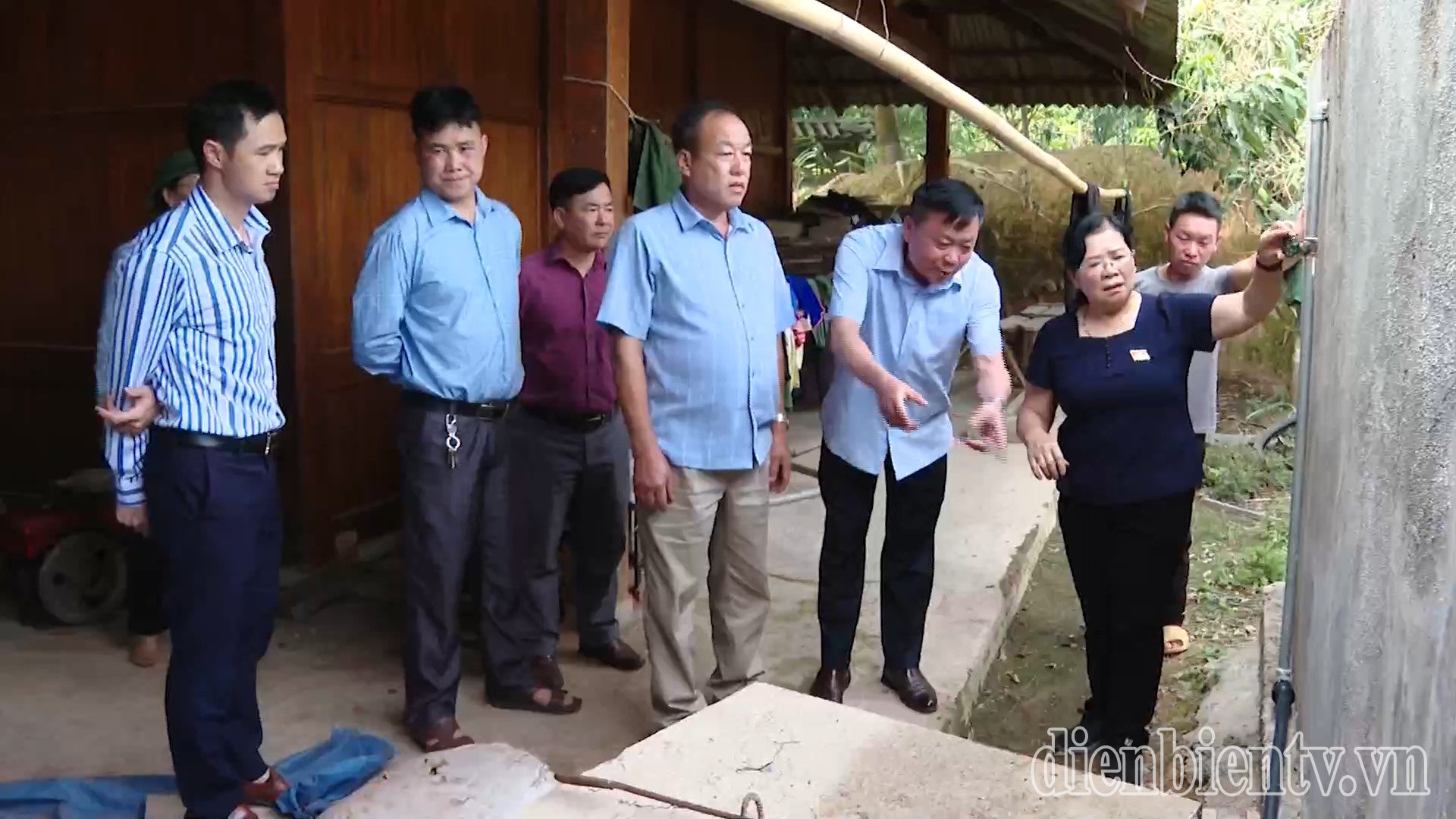

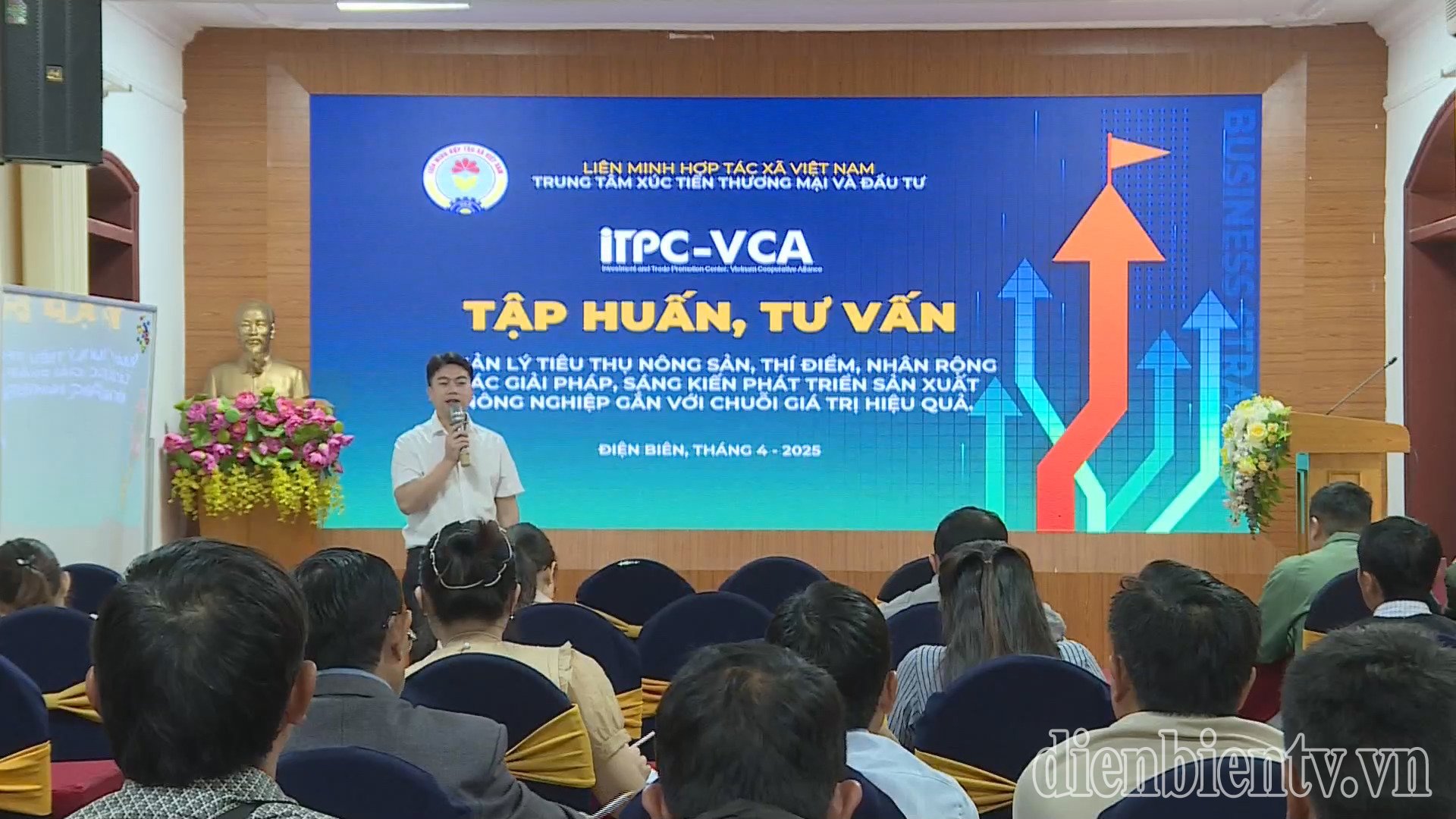
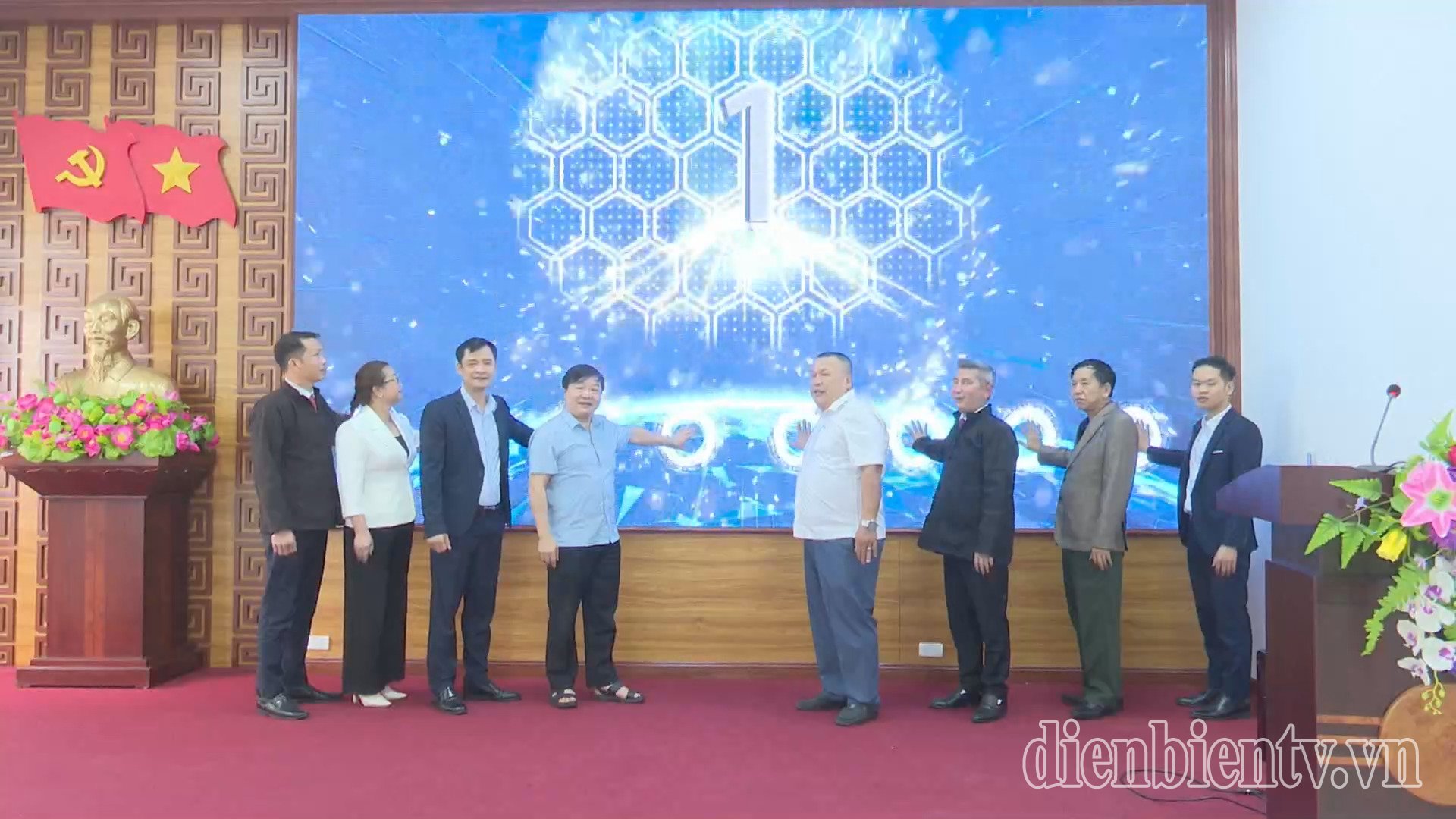

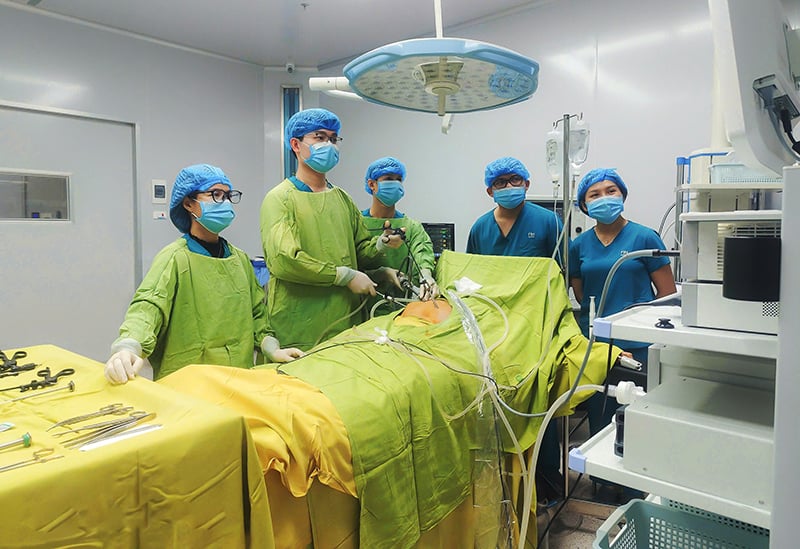
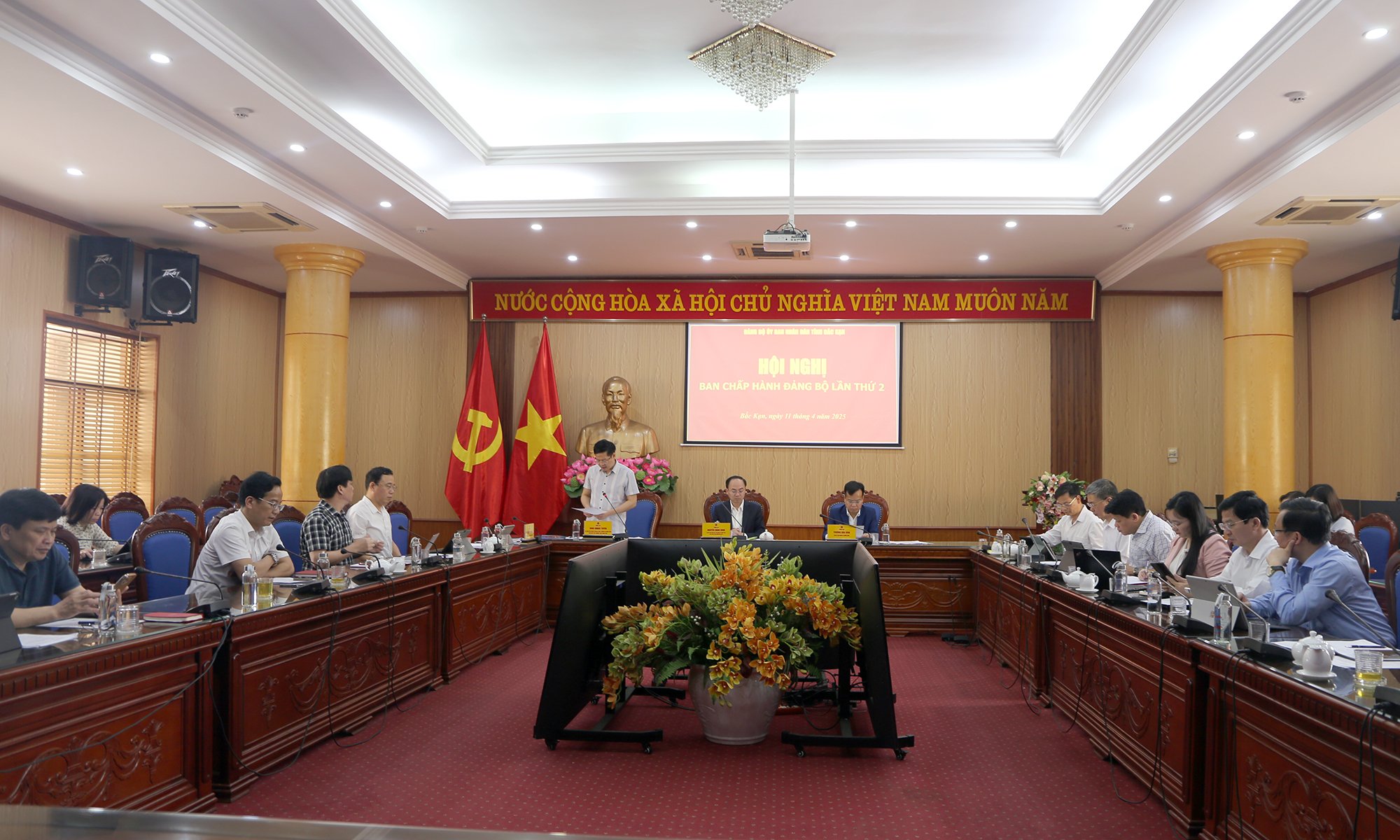
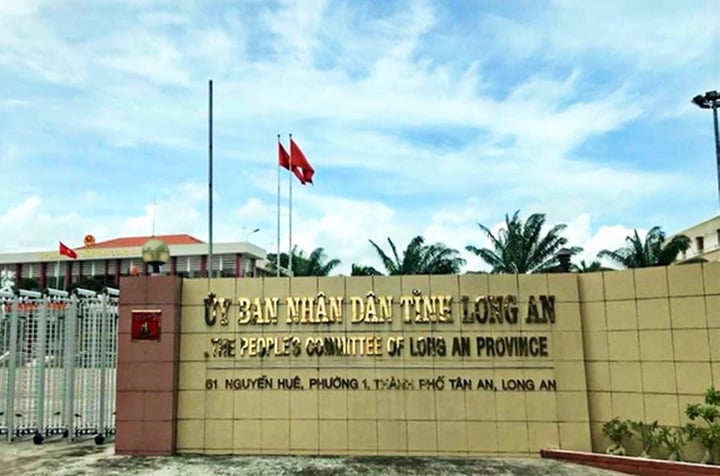

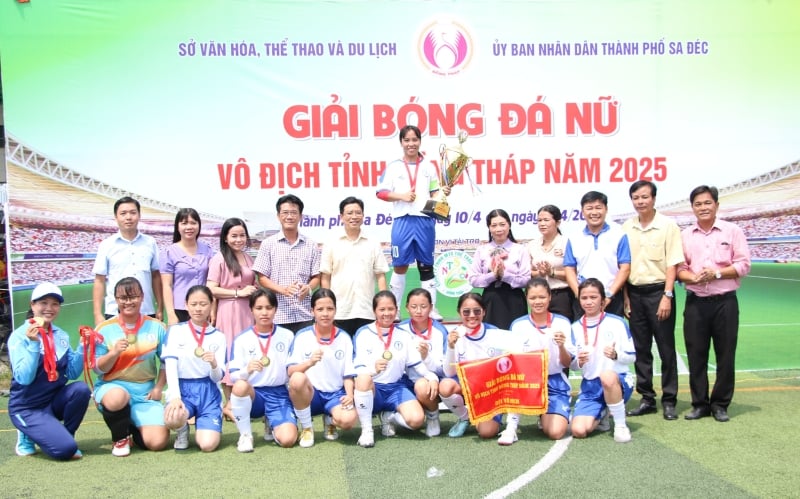

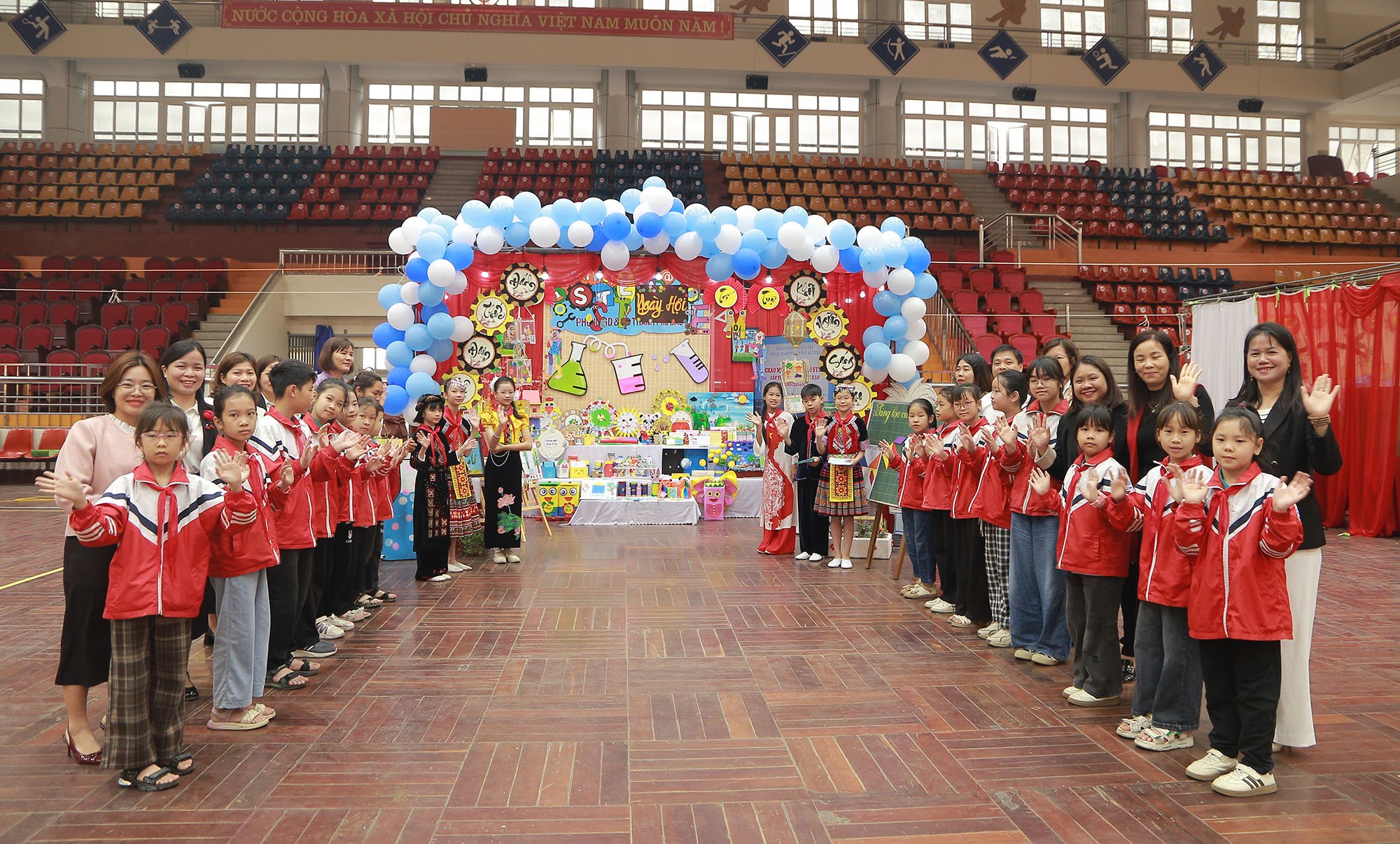



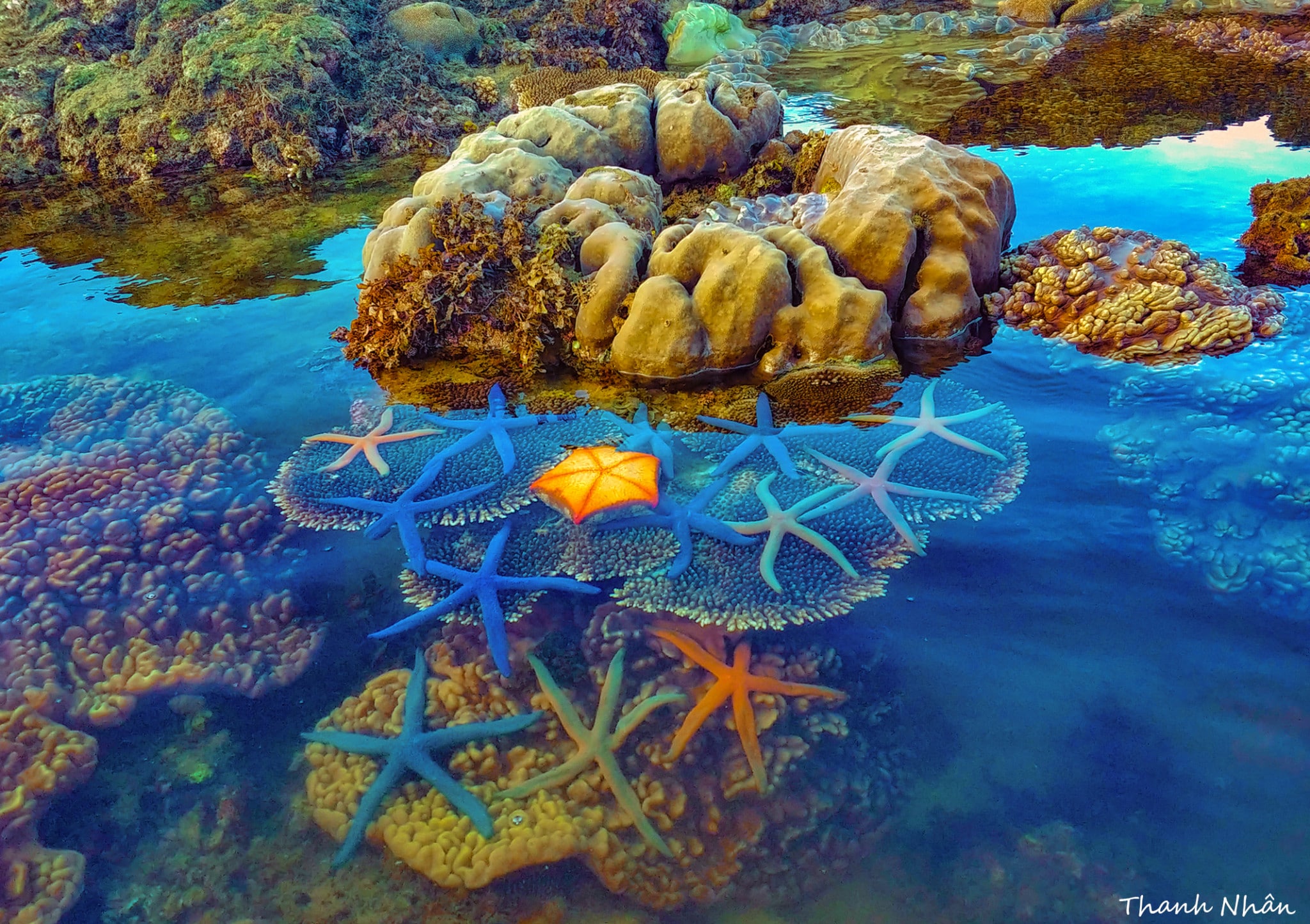

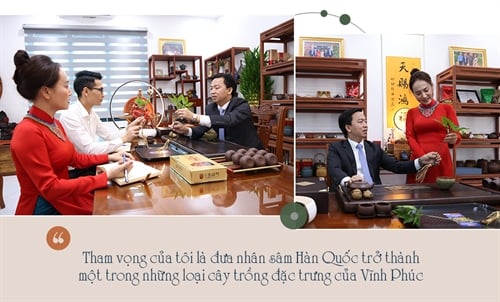

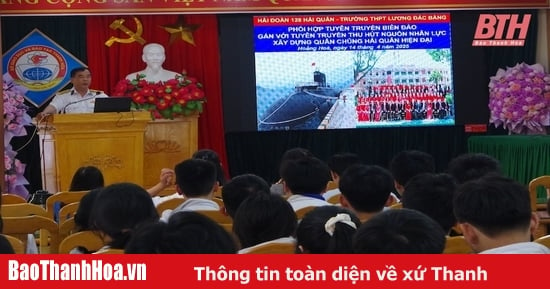
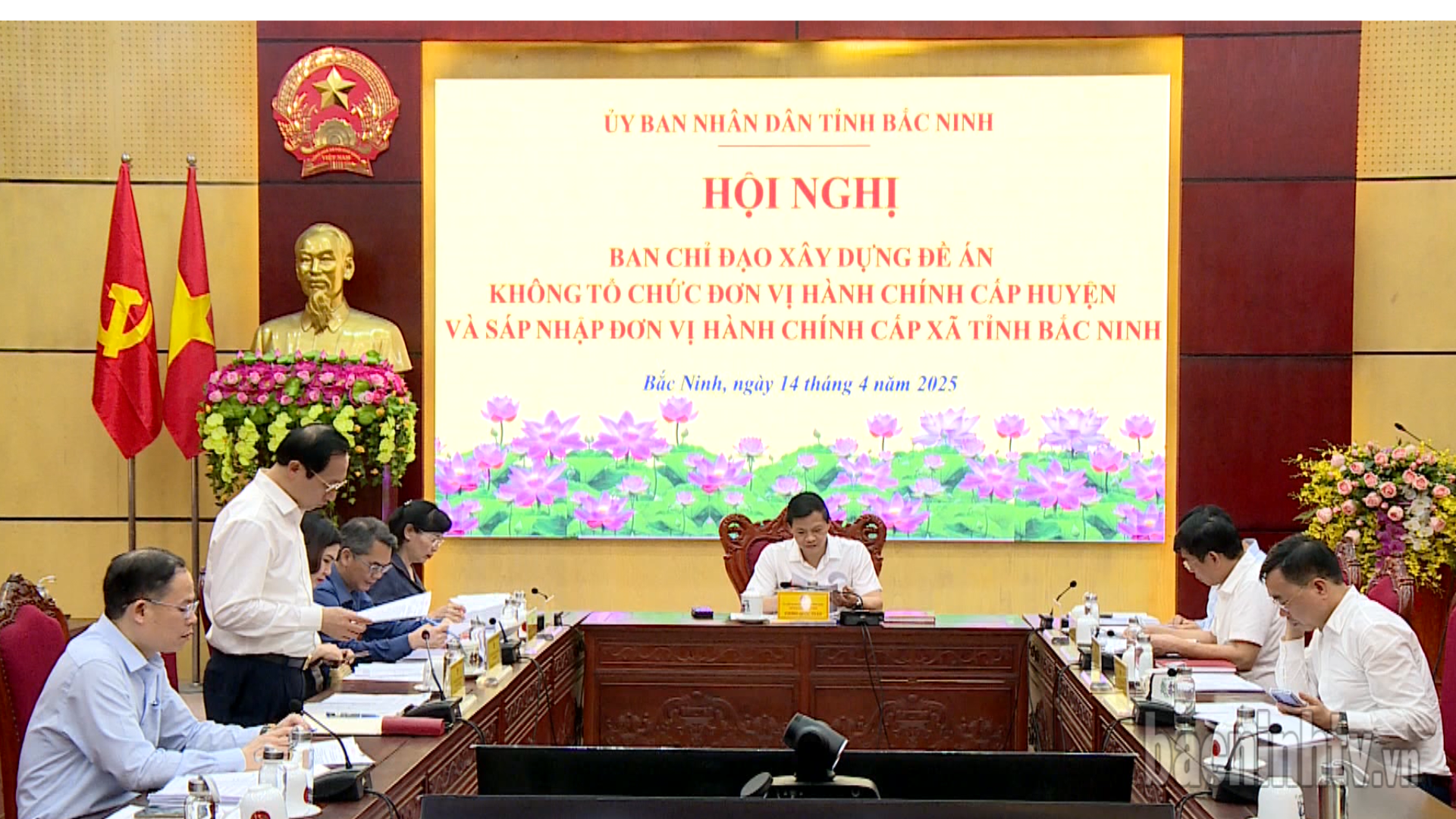
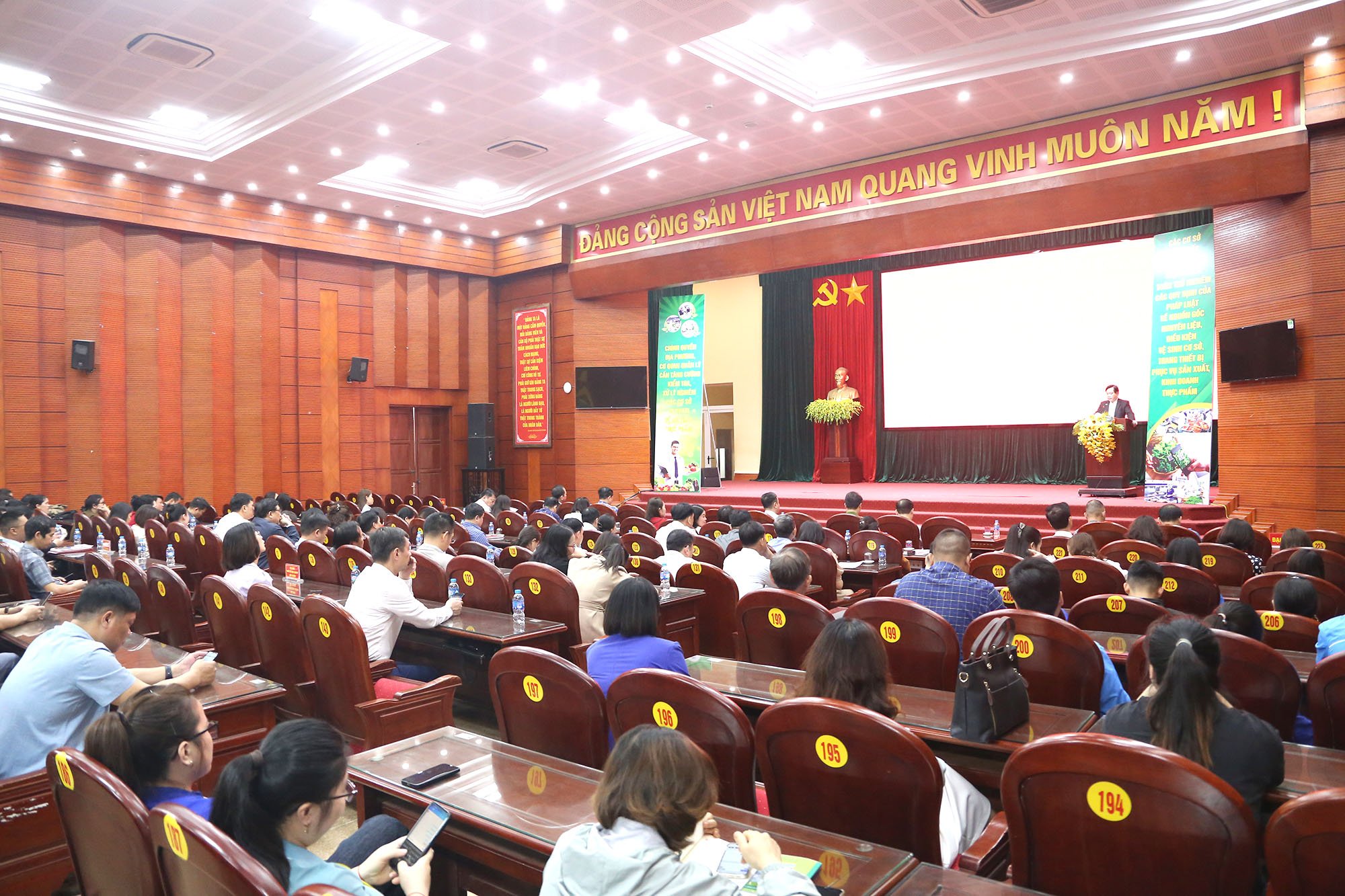
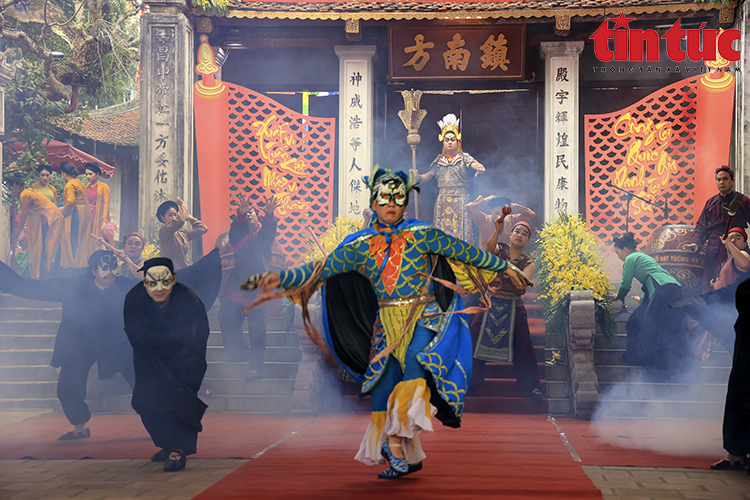

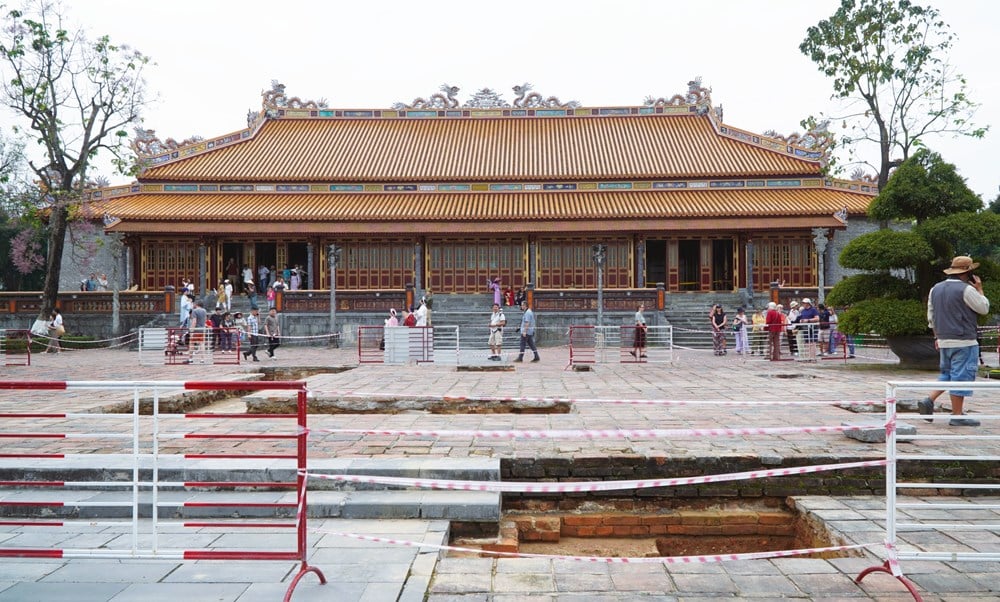

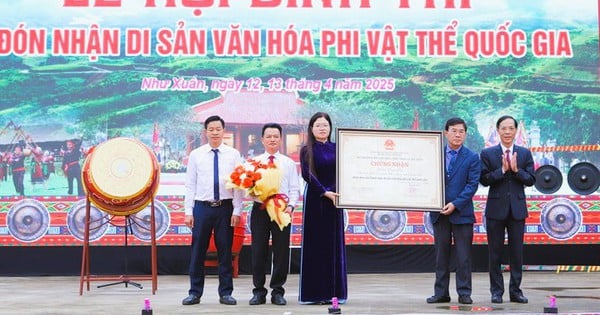

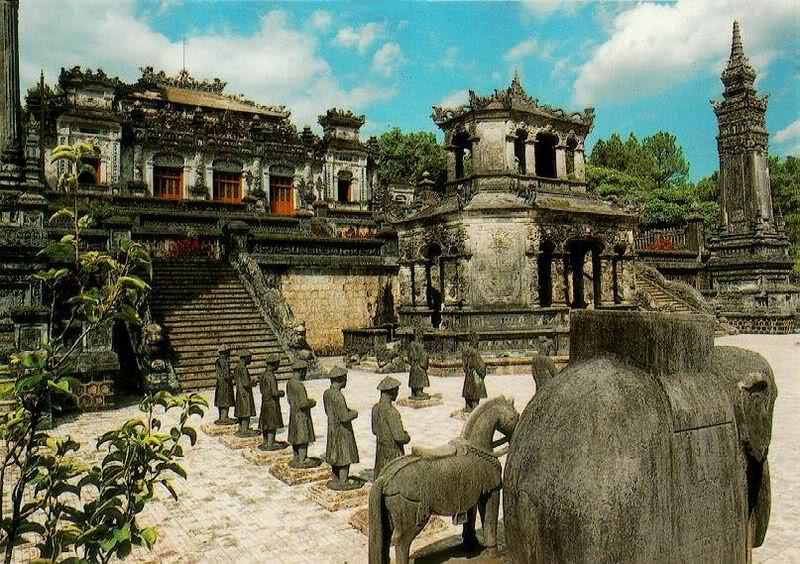
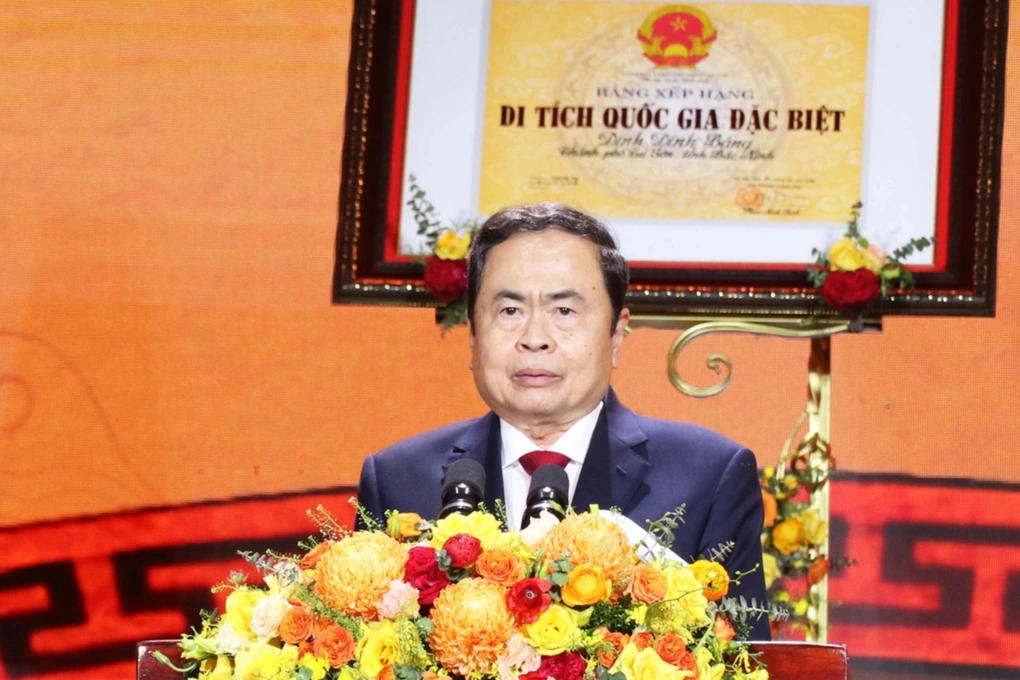

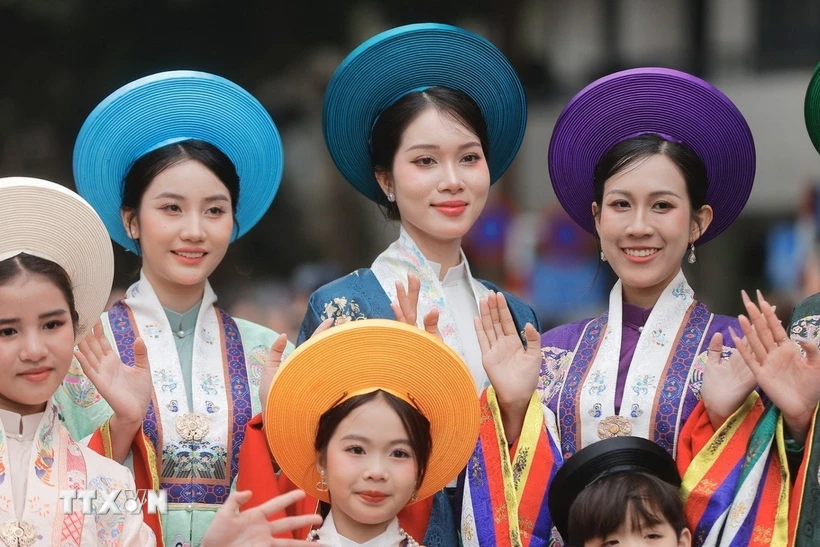

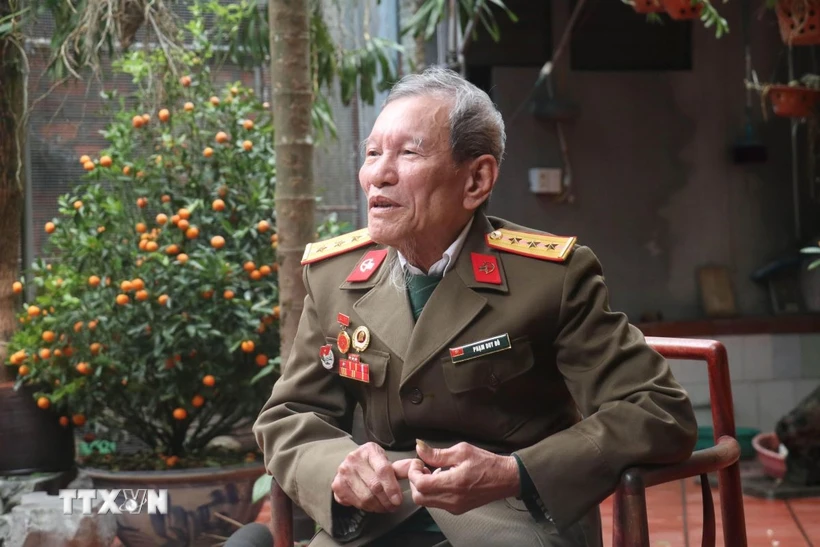



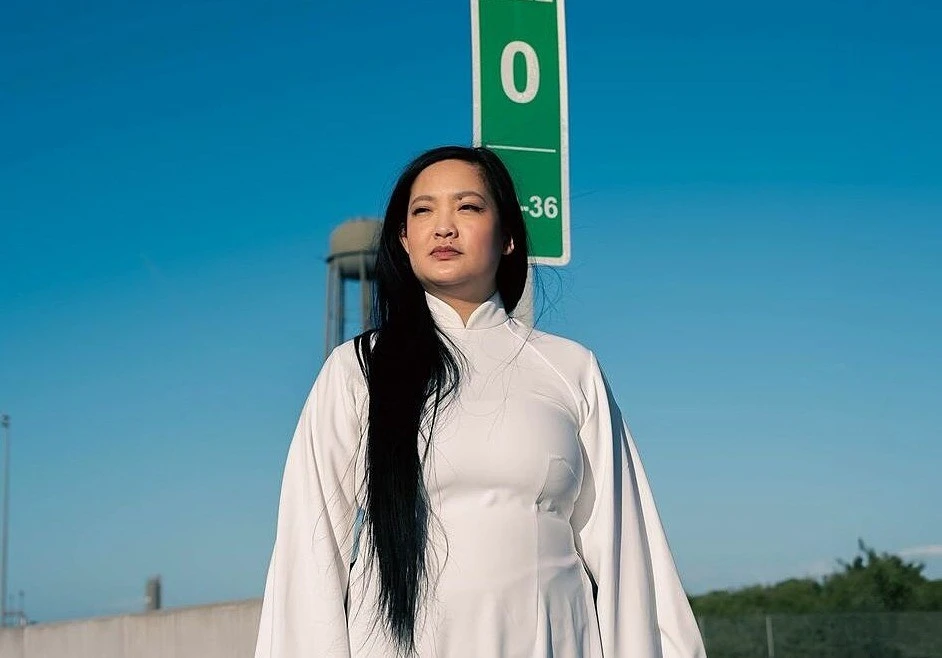















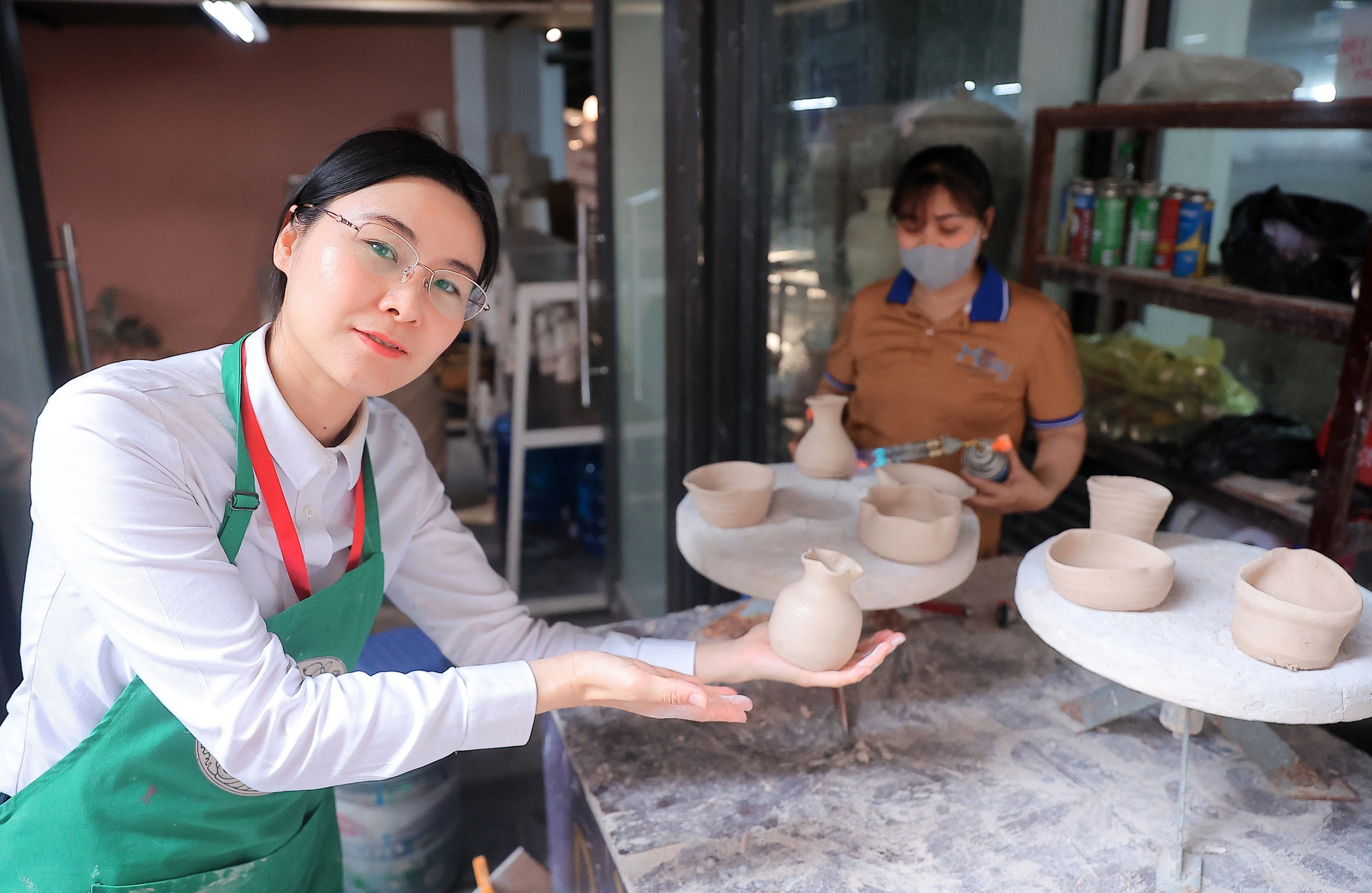

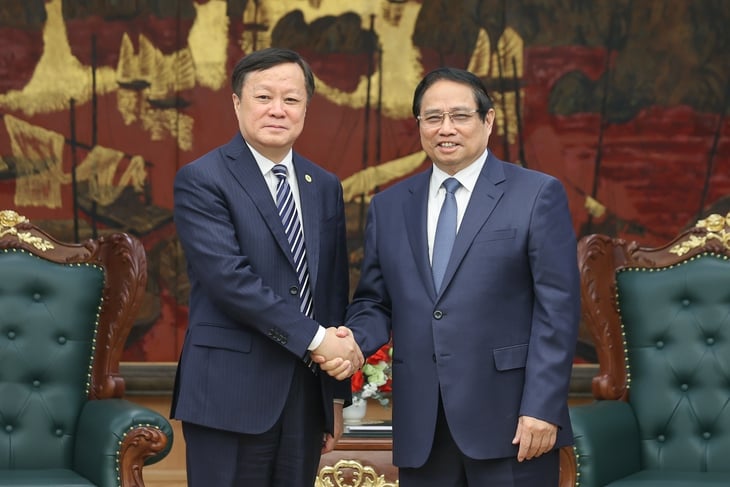
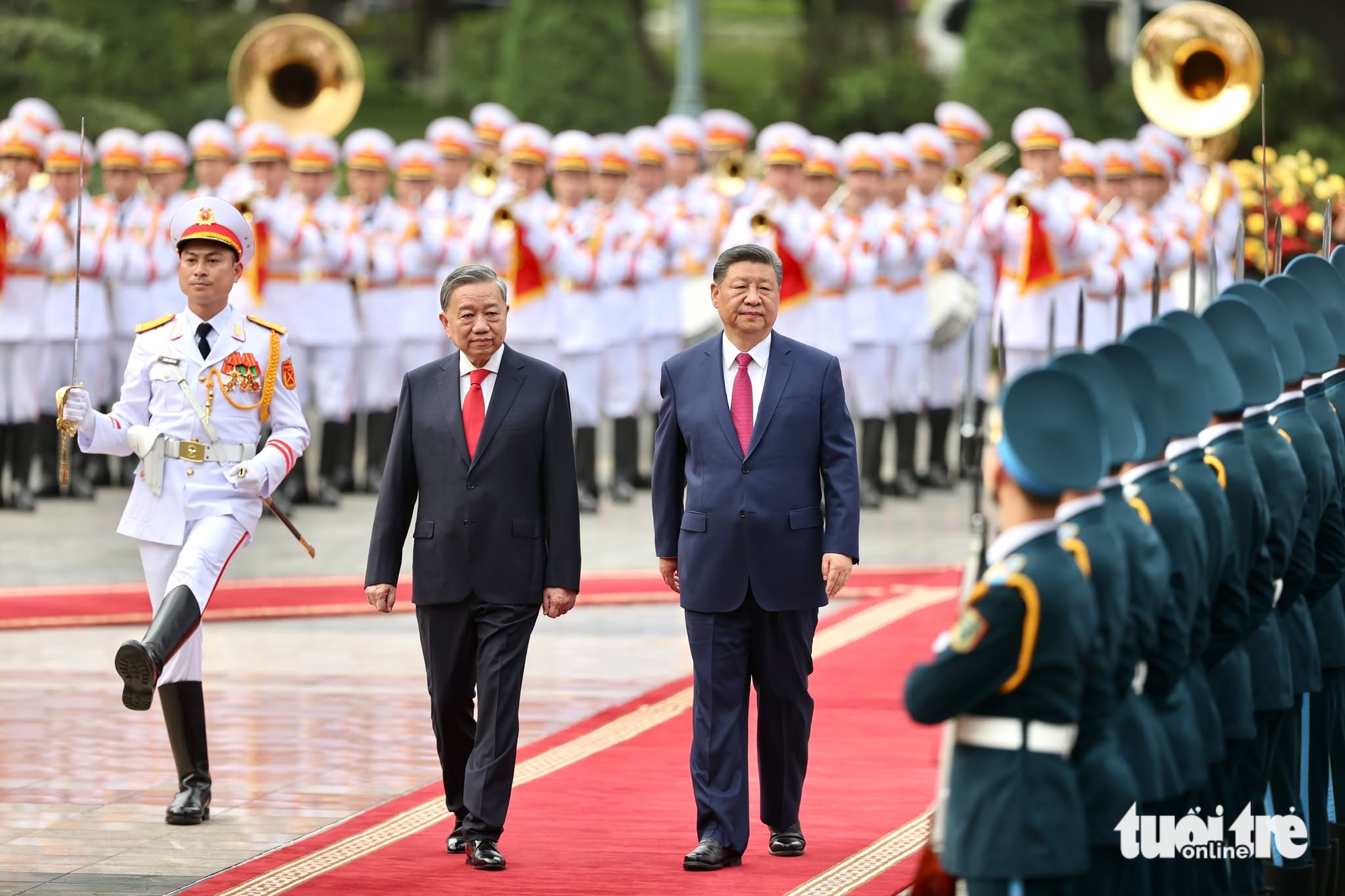


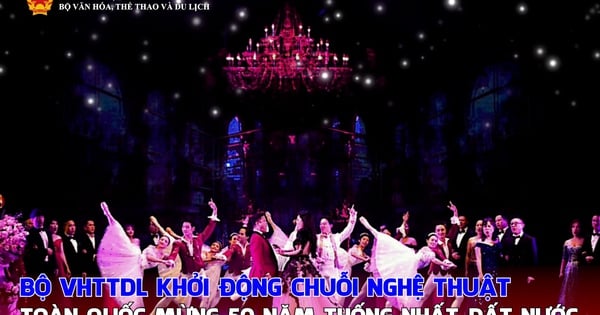

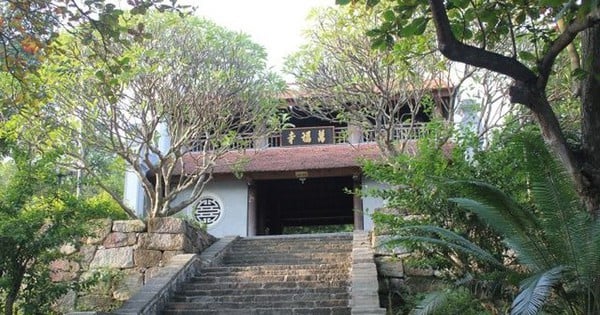
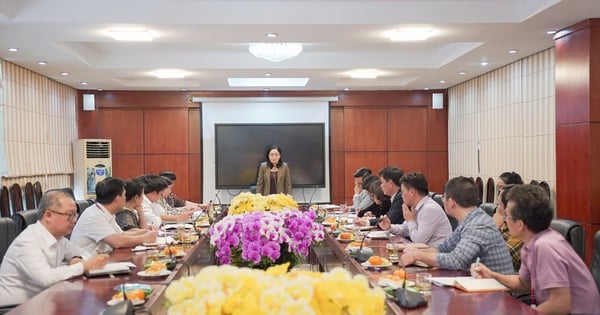

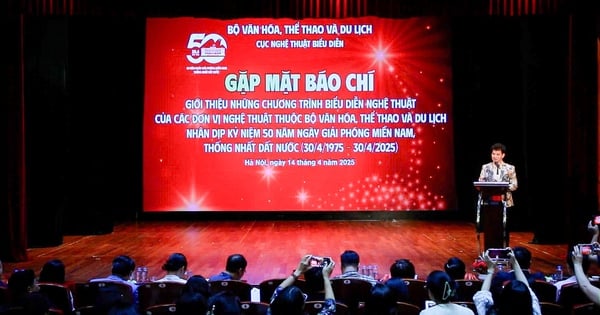




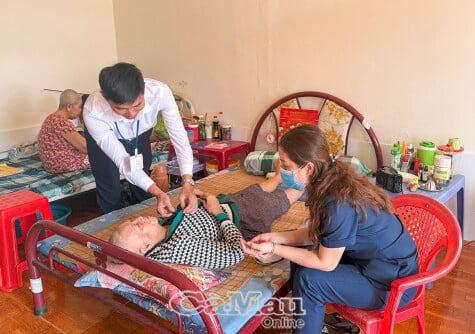




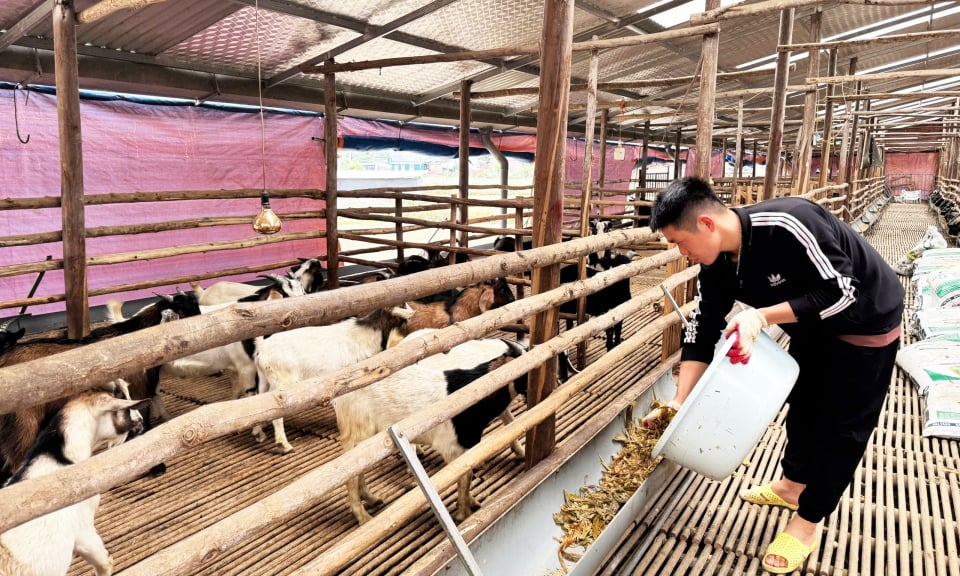

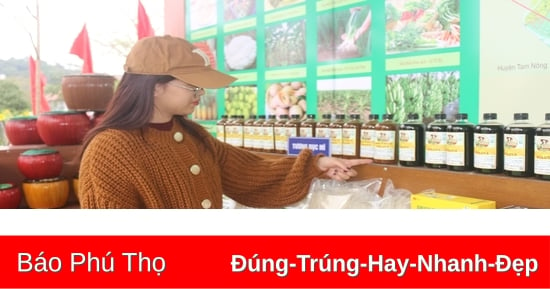

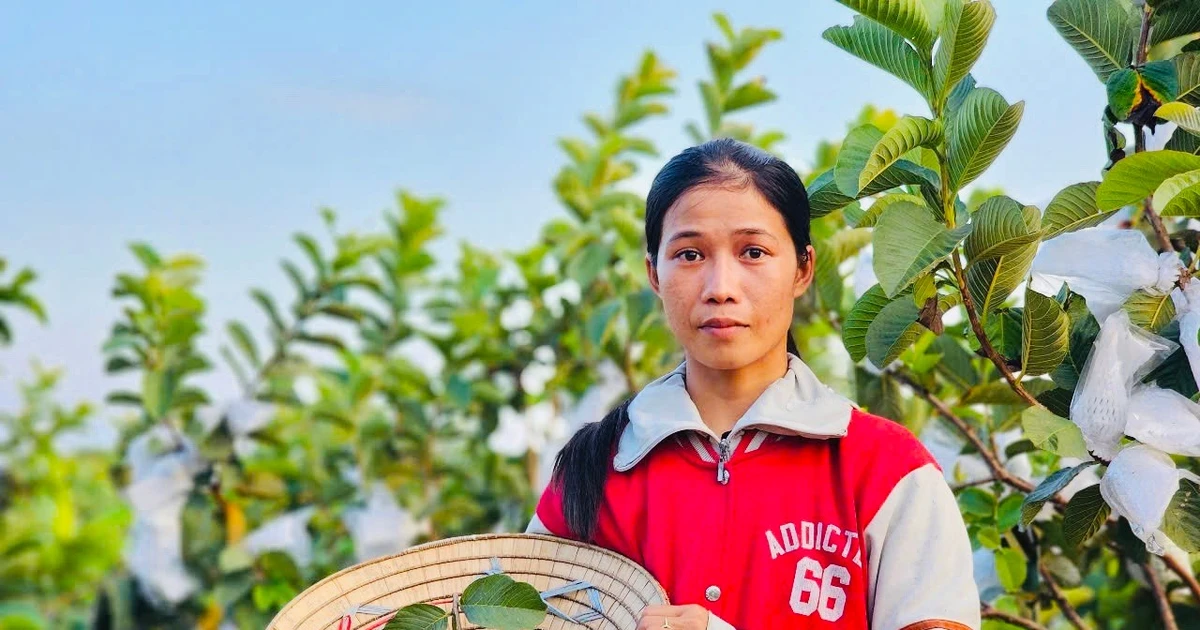

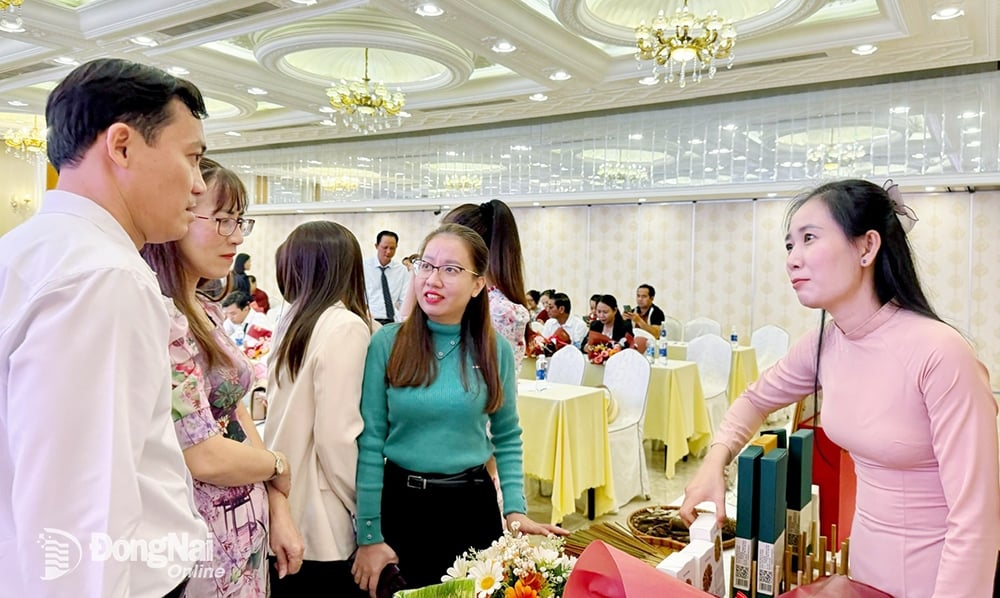



Comment (0)